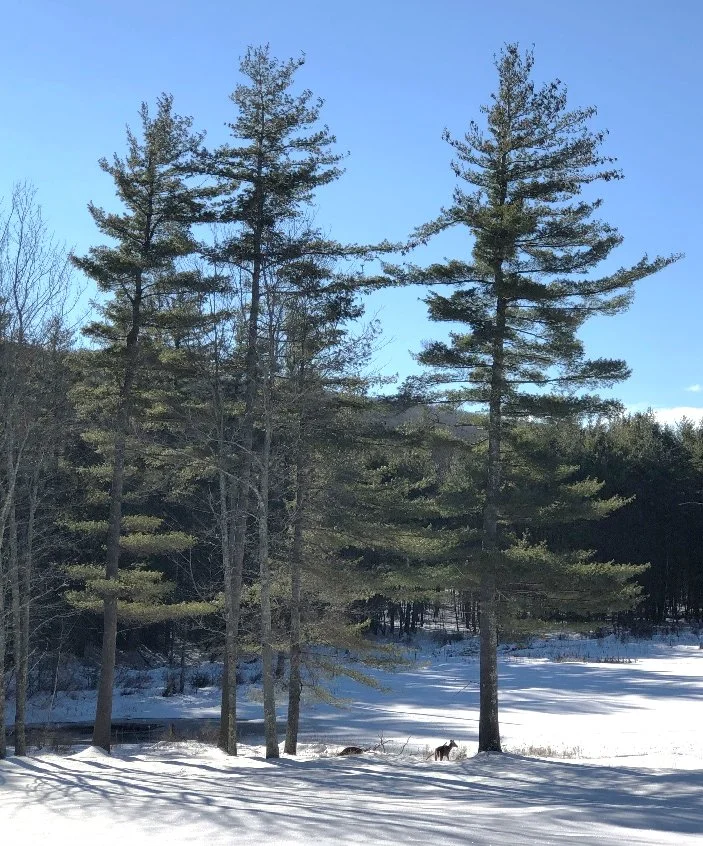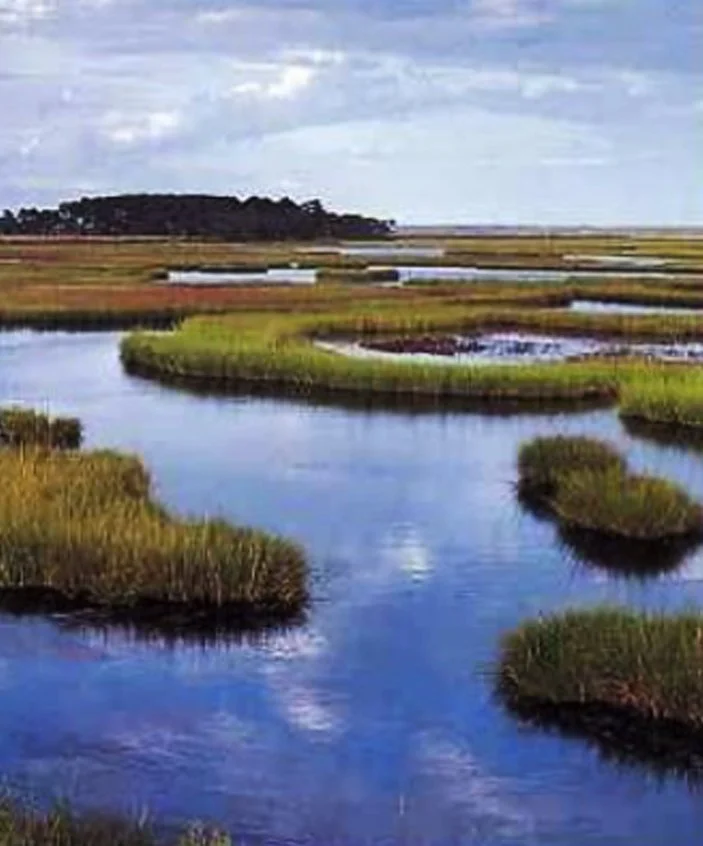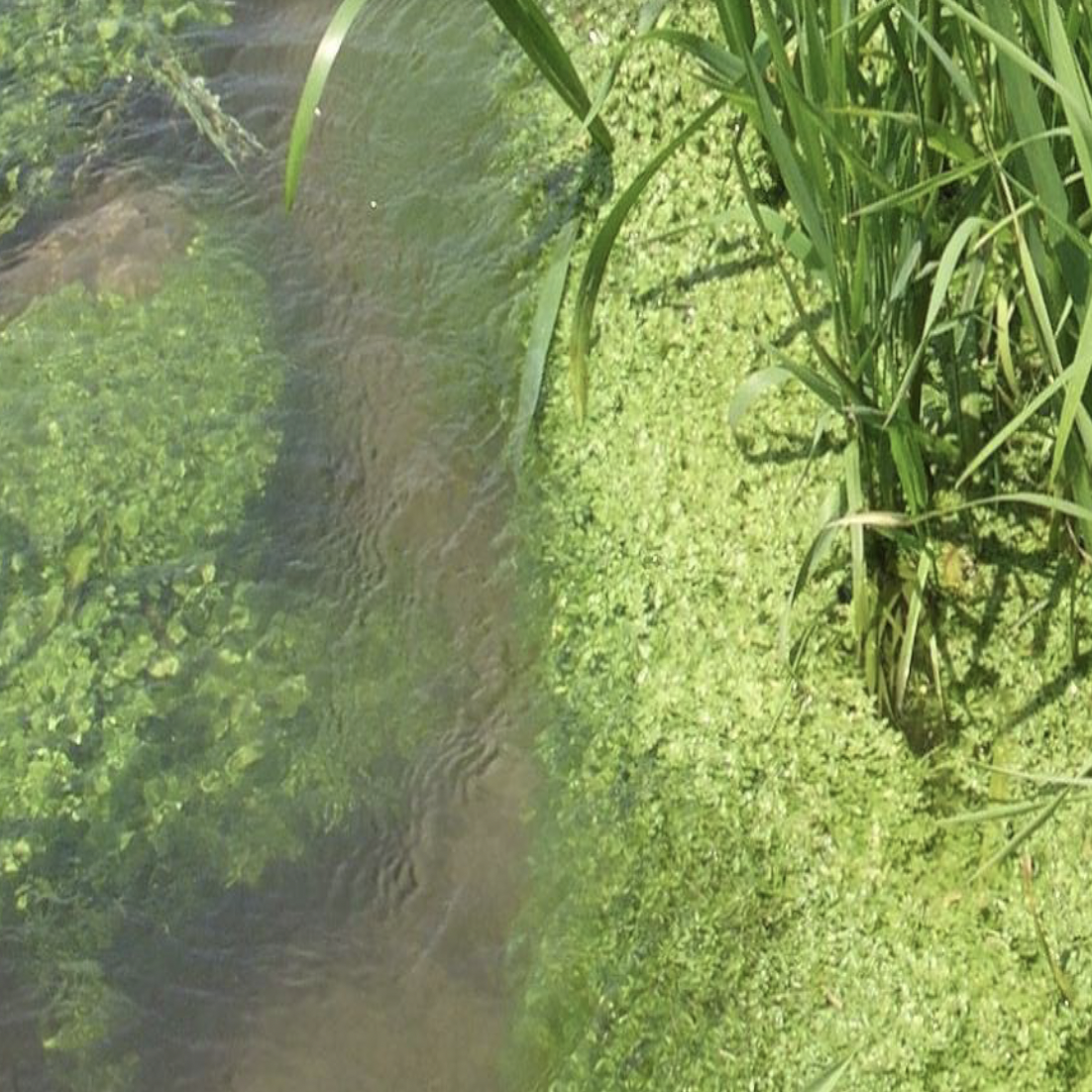Experiments
#1 Determining Carbon Storage in Local Trees
Minerva Action Group, Gil Rodgers, William Moomaw, and Robert Leverett, January 2024
This experiment is to build awareness and interest of the importance of trees in capturing and storing carbon. It is a hands-on exercise involving going outside to actually measure different trees to get their diameters and heights. The experiment involves completing some calculations (preferably by hand) to estimate the amount of carbon that is stored in the trees. Students then compared their results and discuss conclusions. Typically, these take two or three class periods to complete or one longer period. The experiment is suitable for juniors and seniors in high school with some background in geometry and algebra.
Introductory Paper on Tree Experiment
Instructor’s Guideline for Tree Experiment
Link to Calculations Spreadsheet
Carbon Captured in Trees - Classroom Experience- ISPE Article
#2 Comparison of Carbon Sequestration in Saltwater Marshes Versus Trees
Minerva Action Group, January 2022
Extension of tree carbon capture experiment to compare sequestration in saltwater marshes with trees. Suit able for coastal regions where students can visit marshlands and as a bonus project for interested, advanced students.
#3 Plastic Micro-particles in Bottled Drinking Water
Minerva Action Group, Gil Rodgers, June 2021
Hands-on experiment suitable for high school students that dramatically shows the presence of micro particles of plastics in bottled drinking water. Involves a little chemistry and a few easily obtained materials and instruments. Experiment requires about an hour to complete leaving enough time to be able to observe and compare bottles and discuss results.
#4 Outline for Student Portable Drinking Water Exercise
Minerva Action Group, Draft, April 16 , 2021
This is a companion to the previous experiment on plastic bits in bottled drinking water. Students compare the costs and qualities of transporting and drinking portable drinking water from different types of containers. Requires some research to gather data on costs and conduct calculations to compare results. Experiment makes students more aware of the advantages and disadvantages of different types of water containers.Requires about one hour.
#5 Student Experiment ofSolarPhotovoltaic (SPV) Energy and Applications
Minerva Action Group, Michael Power and Gil Rodgers. Contributions from Robert West and Andrew Pettifor, May 5, 2024
Experiment to demonstrate the existing capabilities for photovoltaic (“PV”) collectors and to create student interests in emerging PV and battery storage technologies and applications
#6 Algae: Carbon Dioxide Capture and Storage
Minerva Action Group: Gil Rodgers. Technical Advisor: Matt Huber, CEO, Algae Research and Supply, Inc., June, 2024
This exercise is to help students become more knowledgeable and informed about the role that algae play in carbon dioxide capture and storage in our environment. This is done by conducting a hands-on experiment using Chlorella Vulgaris algae – a particularly fast-growing aquatic plant that can be easily and safely monitored in the classroom over several weeks. The exercise also addresses the potential for large, commercial scale, algae farms that not only capture significant quantities of CO2 from the atmosphere comparable to old-growth forests but also produce marketable by-products such as renewable biofuels; food, animal, and aquaculture feed products; fertilizers; textiles; and many other “green” products.












